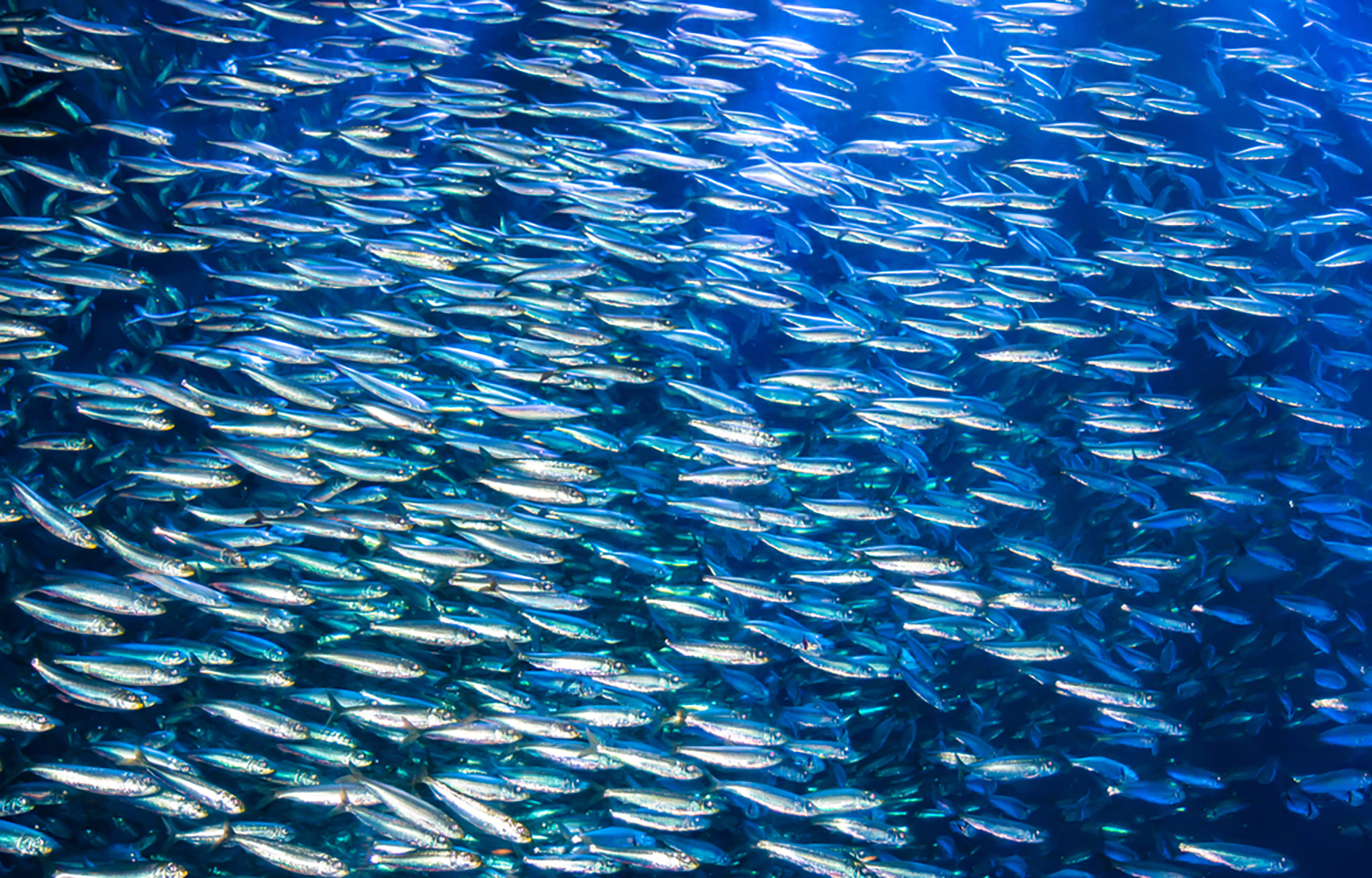Catch totals recorded so far in Peru’s first anchovy fishing season have already exceeded 2 million metric tons (MT) in the country’s North-Central zone, comprising 82 percent of the total allowable catch (TAC).
That catch total was registered just 40 days after the 16 April season launch, for which the Peruvian Production Ministry (PRODUCE) established a TAC of 2.48 million MT – significantly higher than the North-Central zone’s two seasons in 2023.
With the industry inching toward the TAC, it is preparing to slow production. Luis Icochea, the former director of the Peruvian Sea Institute (Imarpe) and a professor at La Molina Agrarian University said Peru’s industrial anchovy fishery slowing its catch rate demonstrates it respects limits to avoid overfishing or resource depredation.
“It is most likely that the industrial fleet will reach 100 percent of the assigned quota in the coming days, which will allow this sector to recover,” he said. “It has been hit hard in recent years as sea warming temporarily pushed the anchovy away, but it did not [make them] disappear – nor will it. Talking about irresponsible fishing or resource overexploitation is nothing more than a myth, and science confirms it.”
The industrial fishing fleet will capture less than 25 percent of the anchovy biomass observed by Imarpe – a branch of PRODUCE – which will leave more than 7 million MT of anchovy in the sea, Icochea said.
Therefore, “a good second fishing season is expected, but it’s too soon to celebrate because we depend on the oceanographic conditions of the Peruvian sea,” he said.
In January 2024, PRODUCE closed the country’s second anchovy season early owing to the effects of El Niño, with only about 75 percent of the 1.68 million MT TAC caught. The premature closure came after the cancelation of the first season of 2023 – also due to El Niño – where the TAC was set at 1.09 million MT. The decision to cancel that season cost the fishery an estimated USD 1.4 billion (EUR 1.3 billion) in lost revenue.
Peru’s TAC is highly important to the global seafood industry, considering that the country is responsible for about 20 percent of global fishmeal production in an average year, according to IFFO – The Marine Ingredients Organization, a trade group representing several leading fishmeal and fish oil companies.
Underscoring its importance, there was a 23 percent drop in fishmeal production and a 21 percent decline in global fish oil production in 2023, which was primarily attributed to Peru's restricted anchovy fishing in 2023 and early 2024, IFFO previously reported.








